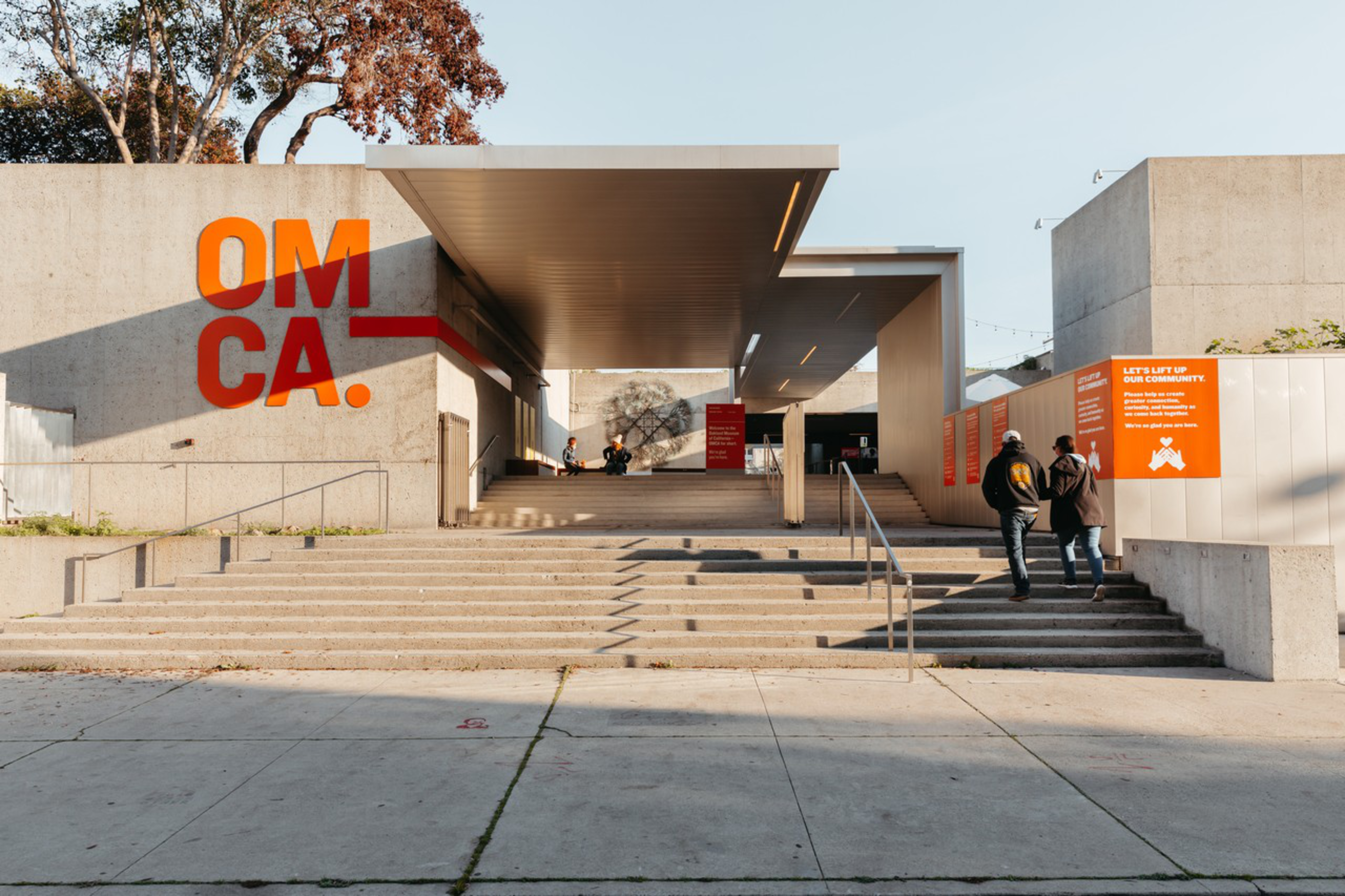The sprawling, nondescript warehouse surrounded by fencing sits in a part of Oakland known for shattered auto glass and stolen catalytic converters. At least nine times since 2012, it has been a target for criminals who have stripped copper wiring and other valuables, according to the Oakland Police Department.
This is the offsite facility where the Oakland Museum of California houses an archive of more than 2 million artifacts that trace the state’s rich cultural and natural history. Until last month, the priceless collection remained protected.
But in the early morning of Oct. 15, at least two thieves entered through the building’s HVAC system — a weak spot in its security — and made off with more than 1,000 pieces in what may be the largest art heist in California history, according to sources with knowledge of the theft.
The sources said the HVAC system had been looted for metal in the past. Yet the issues remained unresolved by the date of the burglary.
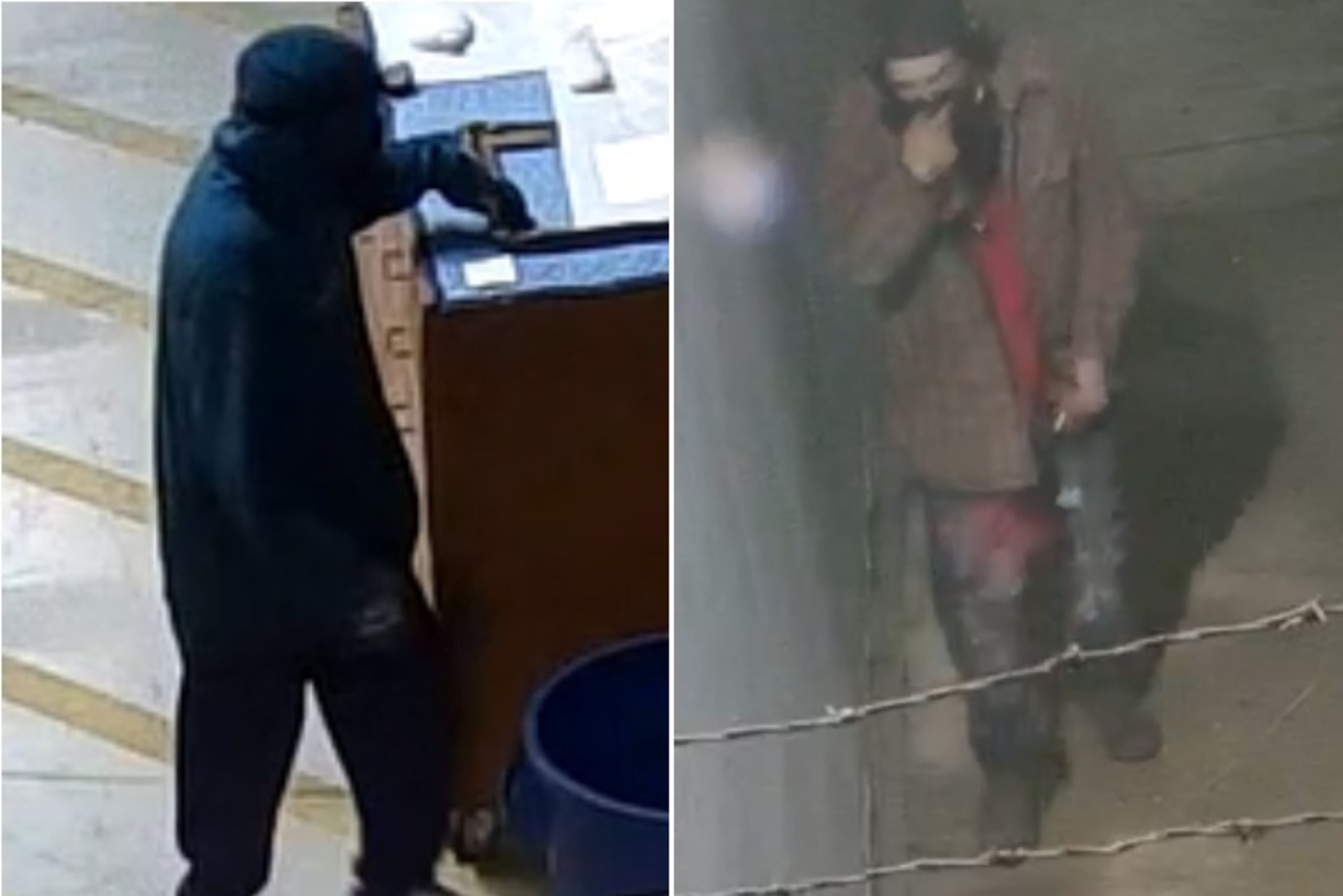
Details of how the theft occurred, which have not been previously reported, show vulnerabilities in the property’s security systems that were exploited by the thieves.
Security staff were off duty at the time of the heist, Lori Fogarty, the museum’s director, told The Standard last week. A museum spokesperson declined to answer follow-up questions as to why no guards were on duty that night or whether guards typically work overnight.
“When the Oct. 15 theft occurred, we had a number of security measures in place,” said spokesperson Alexxa Gotthardt. She declined to give details but said that, at the time of the theft, museum leaders were in conversation with city agencies and the Oakland Police Department to implement enhanced security measures.
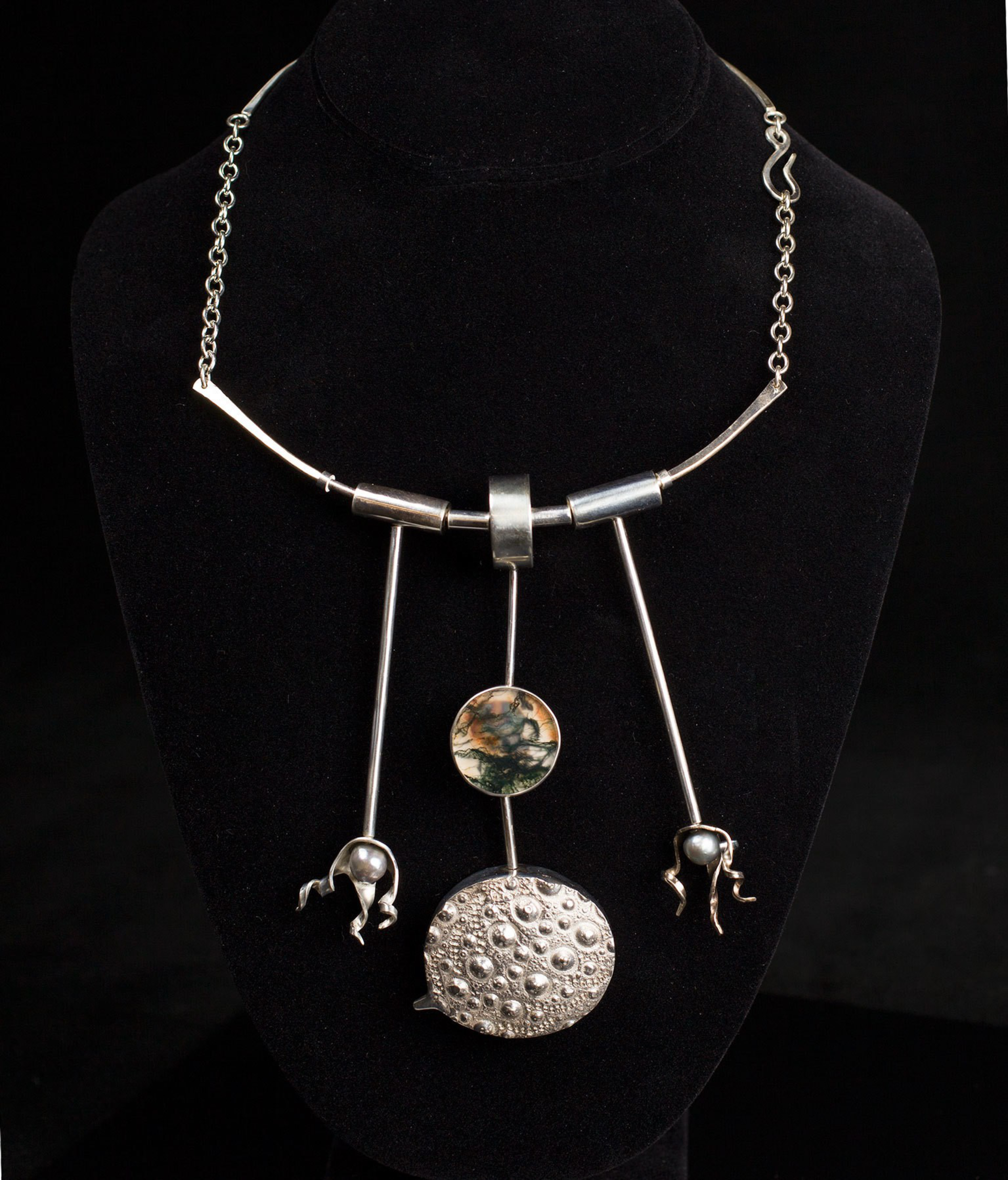
During a visit to the facility two weeks after the burglary, The Standard witnessed guards standing outside the warehouse, which is dotted with overhead lights and security cameras.
The heist itself was no “Ocean’s 11.” Video footage released by the FBI shows two masked people, one in a black beanie and plaid long-sleeve shirt, and the other in a blue hoodie with white letters on the chest, casually traipsing through the warehouse just before 3:30 a.m.
Investigators believe the theft was a crime of opportunity, according to a statement from the museum. The thieves took items seemingly at random, including jewelry, engraved scrimshaw tusks, Native American baskets and tools, antique daguerreotypes, and an arbitrary collection of ephemera such as political pins.
The thieves also took laptops and cameras. They rifled through cabinets, taking metals and pearls, and wrenched open the doors of storage bays that secured Native artifacts, emptying them.
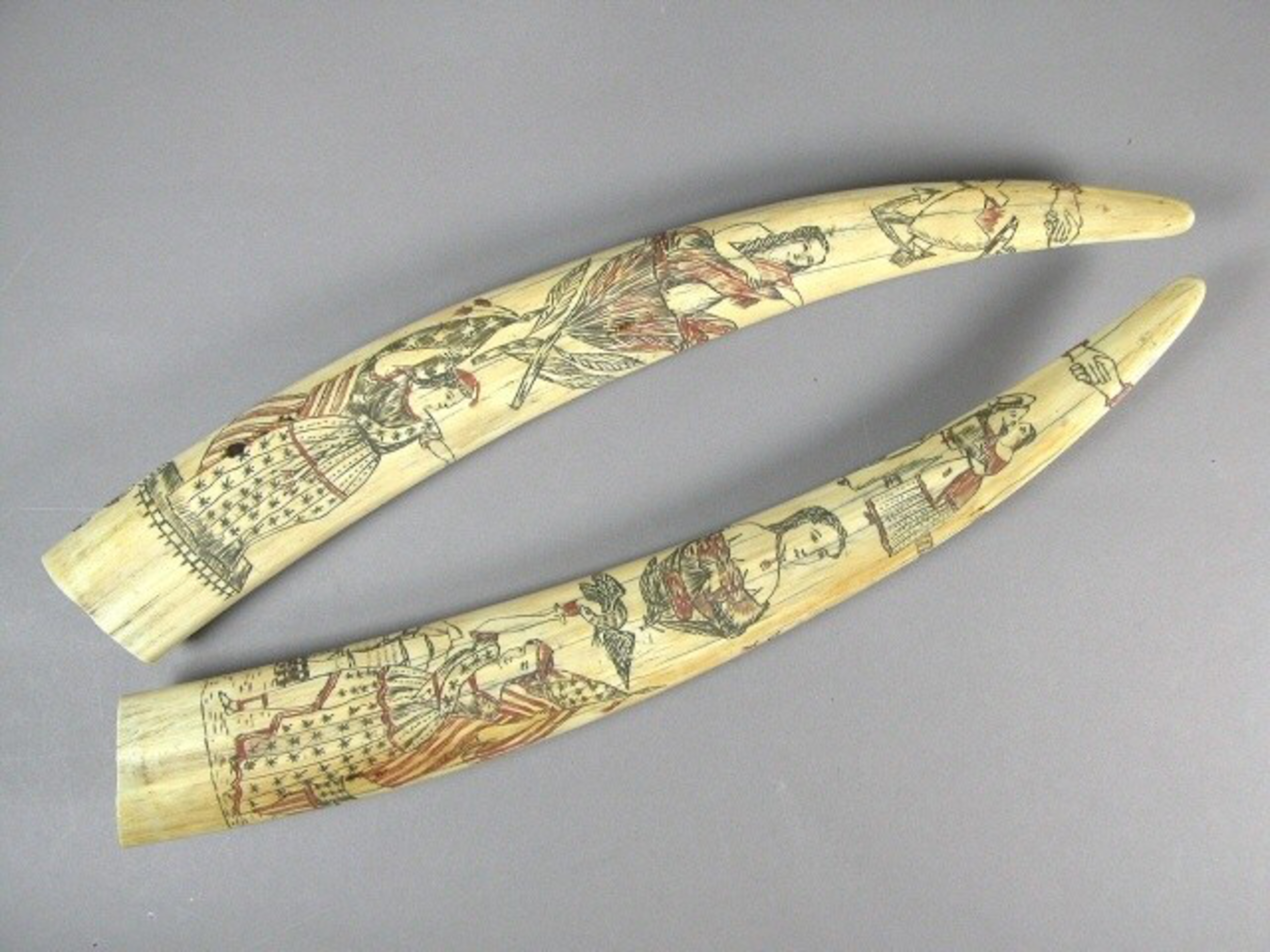
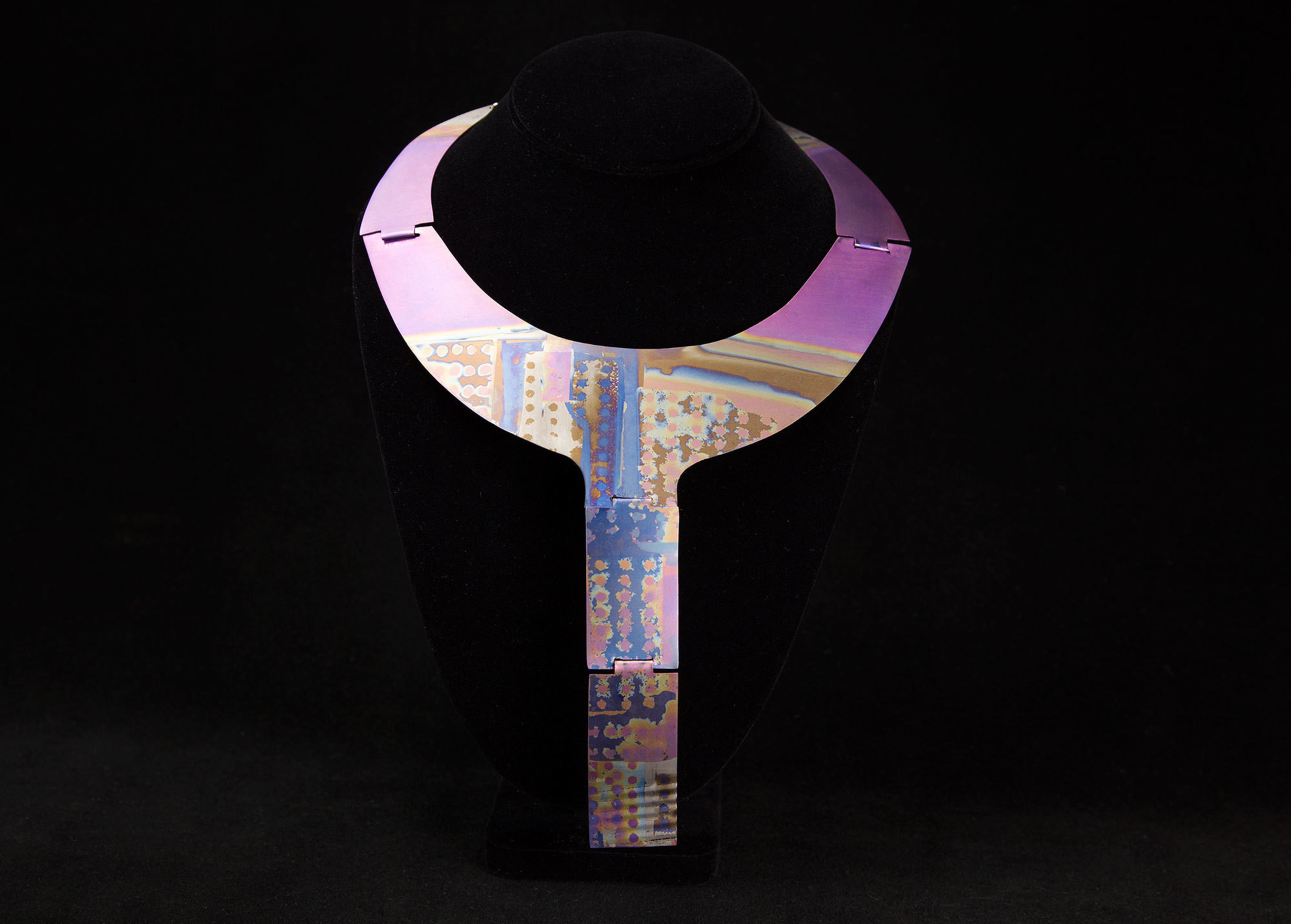
Alexander Eblen, a jewelry specialist and senior vice president with Christie’s in New York, said reselling stolen jewelry is nearly impossible, adding that pawn shops and antique stores, usually the next stop for thefts of this kind, are under intense scrutiny for reselling stolen items.
“These things happen behind closed doors in private spaces, and depending on who knows about that, people get caught in the end because others did not keep their mouths shut,” Eblen said.
Sean Casey, who has lived in an apartment complex across the street from the warehouse for 10 years, said the neighborhood was a hotbed for sideshows and criminal activity until 2023, when the city installed speed bumps and closed parking lots that attracted crime at night.
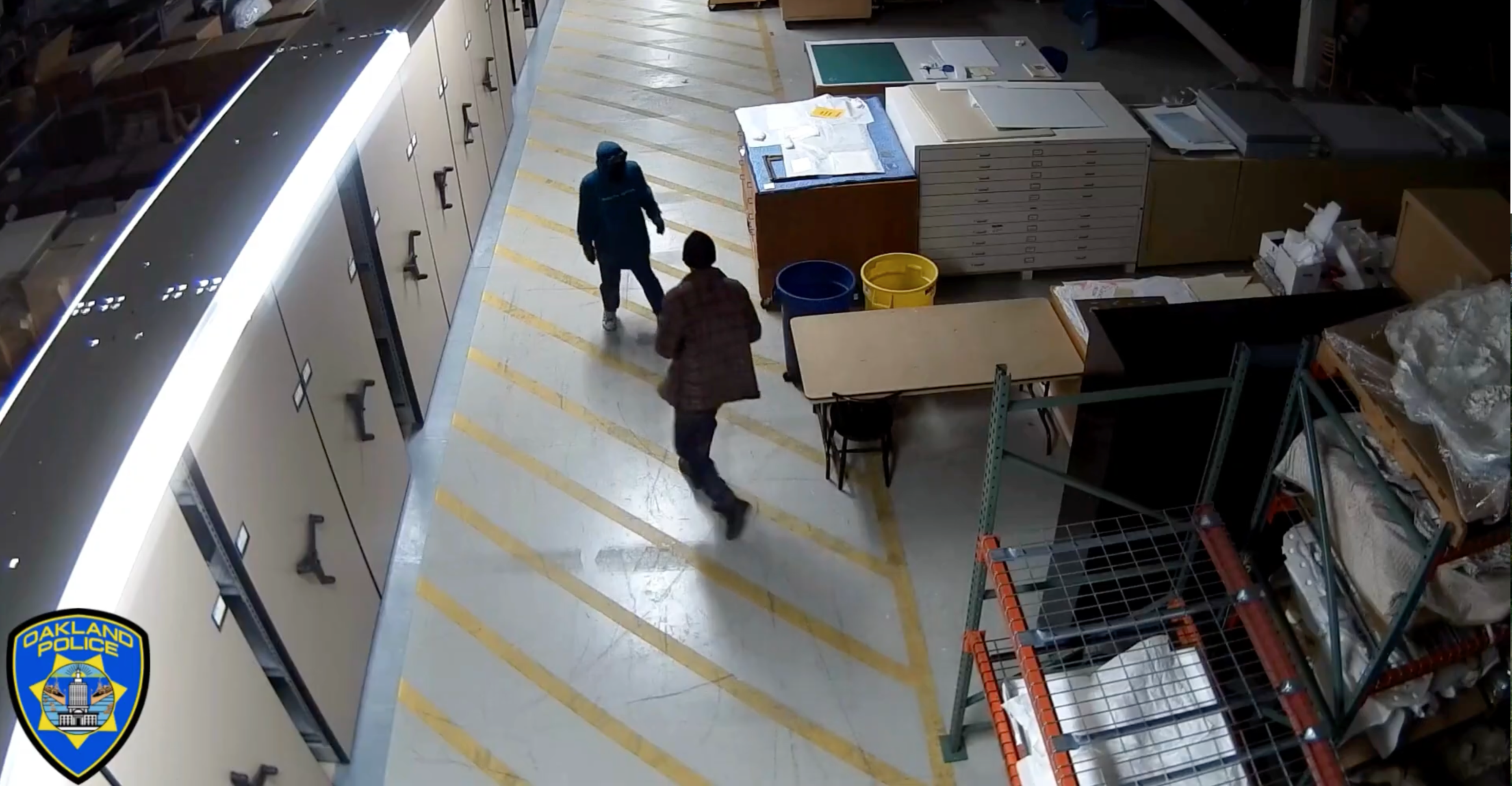
Still, he said, dumpsters are regularly rifled through, and catalytic converters are frequently stolen.
“The rule is, if you have a Toyota, don’t park it in the street,” he said.
Anthony Amore, an art crime investigator and director of security at Boston’s Isabella Stewart Gardner Museum — which was famously robbed in 1990 — said he could think of only one bigger art heist in the U.S.: when five armed thieves took around 6,000 ancient coins (opens in new tab) from Harvard’s Fogg Museum in 1973.
Neither of those heists was ever solved.
Anyone with information on the Oakland Museum robbery is urged to contact the OPD Burglary Section at (510) 238-3951 or the FBI Art Crime Team at (opens in new tab)Tips.fbi.gov (opens in new tab) or 1-800-CALL-FBI.
